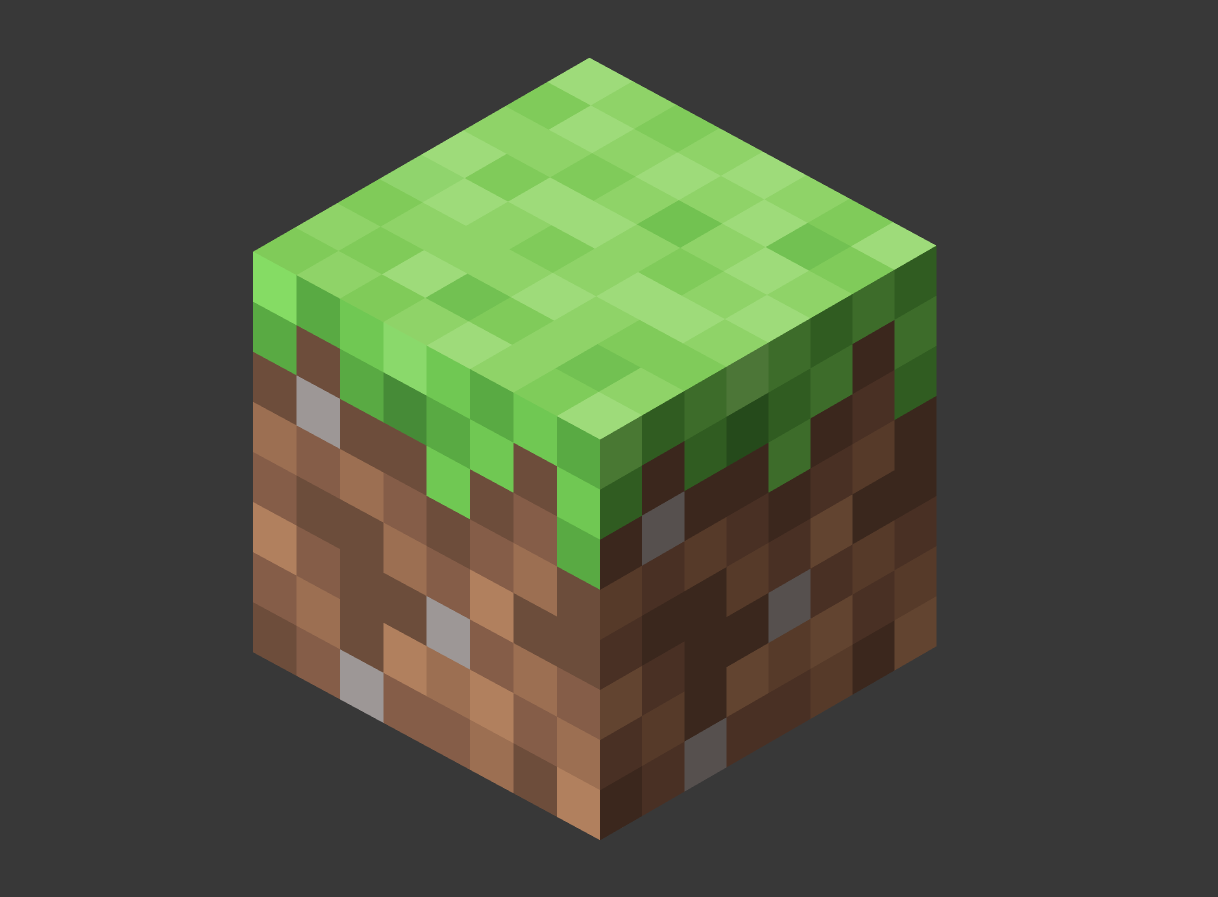Minecraft might look like a simple block game, but anyone who’s run a server knows it’s a resource-hungry beast. Between CPU-heavy tick calculations, RAM usage for worlds, and network demands for players, choosing the right hosting model can make or break your server’s performance — and your budget.
Two popular options are bare metal dedicated servers and cloud hosting. Let’s break down the pros, cons, and cost considerations, so you can pick the setup that fits your needs.
1. Minecraft’s Unique Hosting Needs
Minecraft servers (Java Edition especially) are:
- Single-thread performance dependent — A high-clock CPU core matters more than many cores.
- Memory hungry — Large modpacks can eat 8–16 GB RAM easily.
- Network sensitive — Low latency keeps gameplay smooth.
- Variable in load — Player counts spike at certain times (events, weekends).
This means your hosting choice must balance raw CPU speed, RAM availability, and scaling flexibility.
2. Bare Metal Hosting
A bare metal server is a physical machine that you rent or own. All its resources are yours, with no virtualization overhead.
Pros:
- Consistent performance — No noisy neighbors.
- Better price for 24/7 heavy load — Fixed monthly cost.
- High bandwidth — Many providers (Hetzner, OVH) offer unlimited or high data caps.
- Full control — You can tweak OS and kernel settings.
Cons:
- No instant scaling — Need to order and set up a new server for more capacity.
- Idle cost — You pay the same whether the server is empty or full.
- Hardware dependency — Failures mean downtime unless you have spares.
Example — Hetzner AX52:
- AMD Ryzen 7 3700X (8 cores @ 3.6 GHz)
- 64 GB RAM
- Unlimited traffic
- ~€60/month
3. Cloud Hosting
Cloud hosting runs your server on virtual machines in a provider’s data center (AWS, Azure, Hetzner Cloud). You can scale resources up or down quickly.
Pros:
- Autoscaling potential — Spin up extra servers during peak times.
- Fast deployment — Launch a new world or lobby in minutes.
- Pay-as-you-go — Only pay for what you use.
- Multi-region — Host closer to players worldwide.
Cons:
- Performance variability — Shared infrastructure can mean fluctuating tick rates.
- Bandwidth costs — AWS and Azure can get expensive for high-traffic servers.
- Higher cost for constant load — Not ideal for 24/7 heavy use.
Example — Hetzner Cloud CPX51:
- 16 vCPU (AMD EPYC)
- 64 GB RAM
- 20 TB traffic/month
- ~€82/month (hourly billing)
4. Cost Comparison
Let’s compare running a large Minecraft server (64 GB RAM, 8–16 vCPU) 24/7 for one month.
| Provider & Type | Specs | Monthly Cost | Best For |
|---|---|---|---|
| Hetzner Bare Metal AX52 | 64 GB RAM, 8c/16t | ~€60 | Always-on, heavy load |
| Hetzner Cloud CPX51 | 64 GB RAM, 16 vCPU | ~€82 | Flexible but steady load |
| AWS EC2 m6i.4xlarge | 64 GB RAM, 16 vCPU | ~$550 | Short bursts, high scalability |
| Azure D16as_v5 | 64 GB RAM, 16 vCPU | ~$600 | Enterprise scaling, global reach |
5. Performance Benchmarks
Typical TPS (ticks per second) behavior:
- Bare Metal: Stable 19–20 TPS under heavy modpacks and 100+ players.
- Cloud (budget tier): Stable for moderate loads but can dip if VM shares resources with noisy neighbors.
- Cloud (premium/GPU-backed): Stable but expensive for 24/7 usage.
6. Hybrid Hosting — Best of Both Worlds
Many large Minecraft networks combine both:
- Core servers on bare metal: Main worlds, persistent lobbies, databases.
- Cloud servers for bursts: Minigame lobbies, seasonal events, beta testing.
Example flow:
- Keep your survival world and core services on a Hetzner bare metal box.
- Use Hetzner Cloud VMs or AWS spot instances for temporary game modes during weekends.
- Scale cloud instances down when events end — paying only for active hours.
7. Optimization Tips
- Monitor performance: Use Grafana + Prometheus for live CPU, memory, and TPS tracking.
- Separate worlds/services: Avoid one overloaded process dragging down the whole network.
- Use snapshots in cloud hosting: Quickly roll back after events or testing.
- Right-size instances: Don’t overspend on idle capacity.
Conclusion
For always-on, high-load Minecraft servers, bare metal offers the best performance-per-euro and predictable costs.
For seasonal or event-based hosting, cloud VMs shine with their flexibility and fast scaling.
The smartest approach for many is hybrid hosting:
- Keep your essential infrastructure running on bare metal for stability.
- Burst into the cloud when you need extra capacity.
That way, you get the power of dedicated hardware with the scalability of the cloud — and you only pay for what you actually use.
